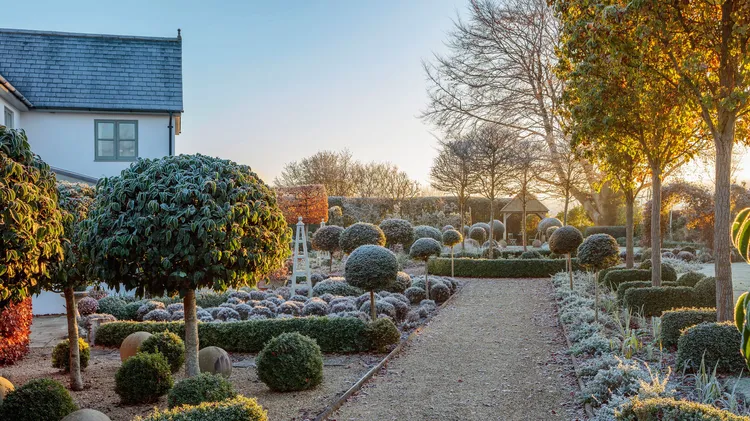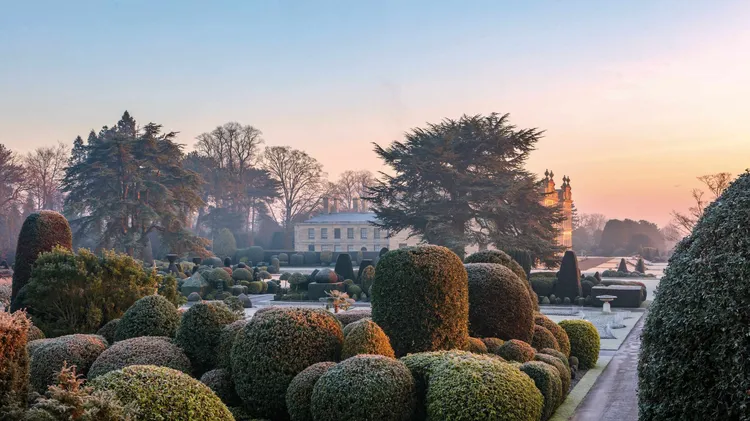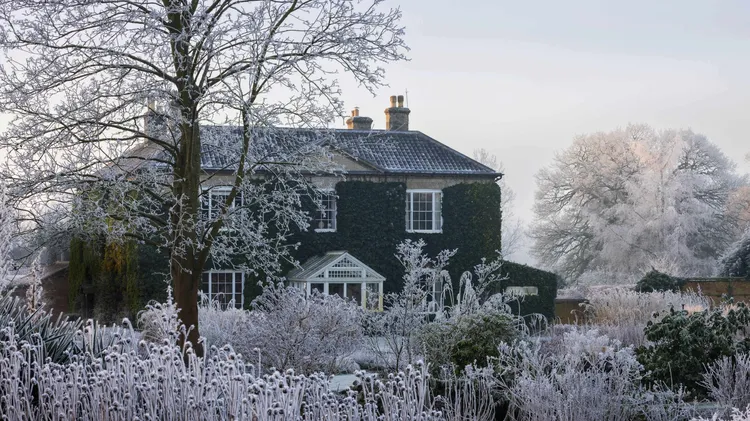For many gardens the season is already over, but Bourton House in t
The party’s just started
7 min read
This article is from...
Read this article and 8000+ more magazines and newspapers on Readly






